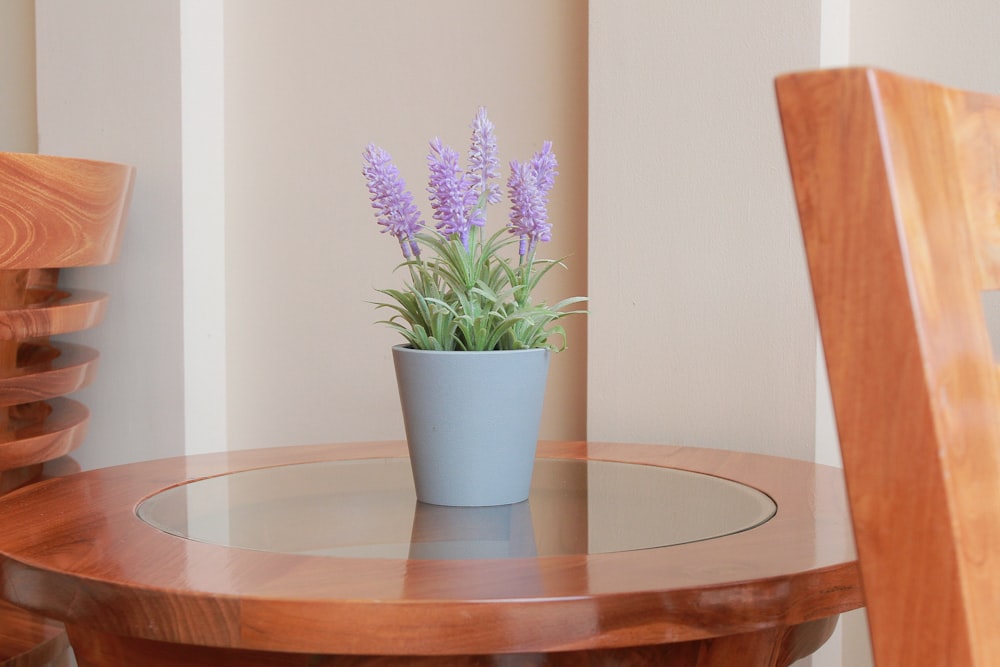Unlocking the Beauty of Lavender Cultivation
Lavender, with its delicate blooms and soothing fragrance, is a beloved addition to any garden. Mastering its cultivation requires patience, knowledge, and a few essential tips to ensure success. Let’s explore the art of lavender cultivation and discover the key techniques for growing vibrant and healthy lavender plants.
Choosing the Right Variety
The first step in mastering lavender cultivation is selecting the right variety for your garden. With over 450 different species and cultivars to choose from, it’s essential to research which varieties thrive in your climate and soil conditions. English lavender (Lavandula angustifolia) is a popular choice for its sweet fragrance and compact growth habit, while French lavender (Lavandula stoechas) offers unique, tufted blooms. Consider factors such as bloom color, growth habit, and hardiness when selecting the perfect lavender variety for your garden.
Selecting the Ideal Location
Lavender thrives in full sunlight and well-draining soil, making site selection a crucial aspect of successful cultivation. Choose a location in your garden that receives at least 6-8 hours of sunlight per day and has good air circulation to prevent fungal diseases. Avoid planting lavender in areas with poor drainage or where water tends to pool, as this can lead to root rot and other issues. Additionally, consider planting lavender near paths or seating areas where you can enjoy its fragrance up close.
Preparing the Soil
Before planting lavender, it’s essential to prepare the soil to create the optimal growing conditions for your plants. Lavender prefers slightly alkaline soil with a pH level between 6.5 and 7.5. Amend heavy clay or compacted soil with organic matter such as compost or aged manure to improve drainage and aeration. Avoid using high-nitrogen fertilizers, as these can promote excessive leaf growth at the expense of flowers. Instead, opt for a balanced fertilizer or one specifically formulated for flowering plants.
Planting Lavender Properly
When planting lavender, spacing is key to ensuring adequate airflow and preventing overcrowding. Space plants 12-18 inches apart to allow for proper air circulation and room for growth. Dig a hole slightly larger than the root ball and backfill with soil, gently firming the soil around the base of the plant. Water newly planted lavender thoroughly to settle the soil and encourage root establishment. Mulch around the base of the plants with a layer of gravel or pea gravel to help retain moisture and suppress weeds.
Watering and Maintenance
Once established, lavender is relatively drought-tolerant and requires minimal maintenance. Water newly planted lavender regularly to keep the soil evenly moist but not waterlogged. Once established, lavender plants only need supplemental watering during periods of prolonged drought. Avoid overhead watering, as this can promote fungal diseases. Instead, water at the base of the plants early in the morning to allow foliage to dry quickly. Prune lavender plants lightly in the spring to promote bushy growth and remove spent flowers to encourage continuous blooming throughout the season.
Harvesting and Using Lavender
Harvesting lavender at the right time is essential to ensure the best fragrance and flavor. Harvest lavender flowers when they are in full bloom but before they start to fade. Cut flower stems just above a set of leaves using sharp scissors or pruning shears. Hang harvested lavender bundles upside down in a warm, dry location with good airflow to dry completely. Once dry, remove the flowers from the stems and store them in airtight containers for later use. Lavender flowers can be used in a variety of culinary, cosmetic, and craft projects, including sachets, potpourri, teas, and more.
Pest and Disease Management
Despite its reputation as a low-maintenance plant, lavender is susceptible to a few common pests and diseases. Keep an eye out for aphids, spider mites, and whiteflies, which can infest lavender plants and cause damage if left unchecked. Treat infestations with insecticidal soap or neem oil, taking care to follow the manufacturer’s instructions. Additionally, watch for signs of fungal diseases such as powdery mildew or root rot, which can occur in humid or poorly drained conditions. Provide adequate air circulation, avoid overhead watering, and promptly remove and destroy infected plant material to prevent the spread of disease.
Overwintering Lavender
In colder climates, lavender may need some protection to survive the winter months. Before the first frost, apply a layer of mulch around the base of the plants to insulate the roots and protect them from freezing temperatures. In regions with harsh winters, consider covering lavender plants with a layer of burlap or a frost blanket to provide additional protection from cold and wind. Prune lavender plants lightly in the fall to remove dead or damaged growth and shape the plants for winter.
Celebrating the Beauty of Lavender
With proper care and attention, lavender can thrive in your garden, adding beauty, fragrance, and versatility to your outdoor space. By mastering the essential techniques for lavender cultivation, you can enjoy a bountiful harvest of blooms year after year. So roll up your sleeves, dig in the dirt, and experience the joy of growing lavender in your own backyard. Read more about growing lavender




